Squirrels, the cute creatures, charm us with their lively tricks but frustrate us by targeting our hard-grown tomatoes. Here are 5 Ways to Keep Squirrels from Eating Your Tomato Plants.
Other Topics You Might Like
Helpful Products You Might Like
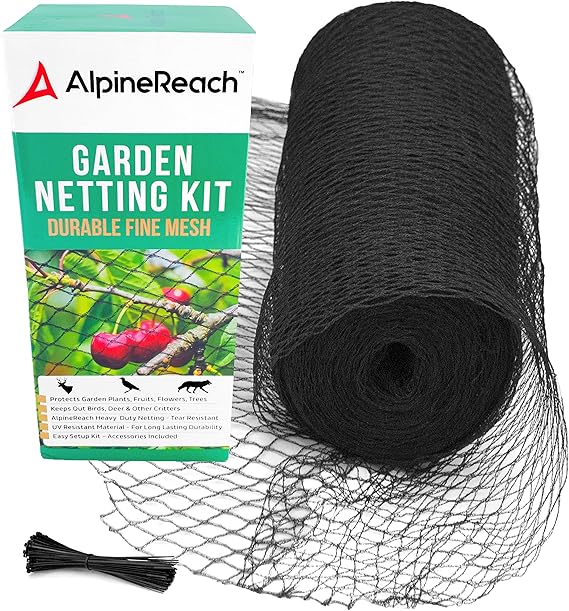
Alpine Reach Garden Netting Kit
Orbit Yard Pest Deterrent Sprinkler
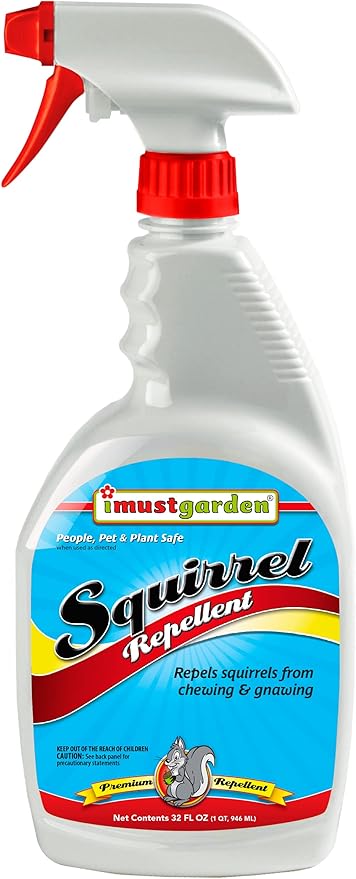
I Must Garden Squirrel Repellent
"(Paid Links)" 
Why Squirrels Love Tomatoes
Because of their juiciness and nutritional value, tomatoes are an excellent choice for squirrels drawn to nuts, seeds, and fruits. They aggressively search for food throughout the busier summer and autumn months, stockpiling some for the following winter. Because of their innate desire, they investigate every food source. They are difficult to contain because of their incredible climbing and jumping abilities. Because of their intense need for food and acute awareness of their surroundings, squirrels become unwanted visitors to our gardens.
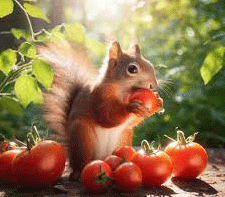
Ways to Keep Squirrels from Eating Your Tomato Plants
Use Protective Netting
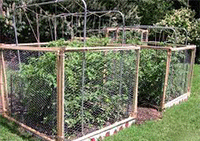
Netting serves as an effective barrier against squirrels. Opt for wire mesh with small openings or most bird nettings to ensure proper ventilation and sunlight while preventing squirrel access. Ensure the netting covers the entire plant and is securely fastened, preventing squirrels from sneaking in through the edges.
Remove what attracts them
The sight and fragrance of fallen fruit, nuts, and seeds might entice squirrels to your yard for eating. Clear these objects from under trees and bird feeders. Ensure that trash can lids fit tightly to prevent squirrels from finding food in the trash.
Repel them
You can find numerous squirrel-repelling recipes online. Certain recipes contain a chemical called capsaicin, which gives spicy peppers their spiciness. Additional ingredients include peppermint oil, vinegar, or a mixture of these. After rain, reapply these sprays, do not splash the edible portion of the plant.
Although most dogs naturally desire to hunt, German Pinschers were developed to chase rodents, including squirrels.
Clip sections of netting to stakes are placed throughout the garden to keep it handy.
Distract them
Set up decoy feeding stations offering foods squirrels adore, such as sunflower seeds and peanuts, and feed corn in an isolated section of your yard, well away from planting beds and edible crops. Some gardeners even plant a few extra tomatoes close to these spots to feed the squirrels to feed the squirrels. Make sure your squirrel pit stop has water. A word of caution: putting out food and water may draw in other wildlife, so consider your risks before doing so.
Protect your harvest
Tightly wrap small pieces of bird netting over each fruit on tomato, auberge or other vegetable plants. It would help if you wrapped the tomatoes when they were fully ripe and left alone; squirrels seem more interested in stealing them when they are still green.
Cover bare soil
Many gardeners cover the bare earth in seed beds and around recently planted seedlings in an attempt to deter squirrels from digging.
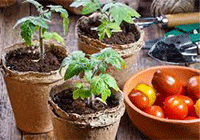
Invite predators
Hawks and some owl species prey on squirrels. Find out which types are prevalent in your area and discover strategies for drawing them in.
Things to Know About Trapping Squirrels
A lot of gardeners enjoy catching and releasing squirrels. Even though this can temporarily lower the number, new squirrels will eventually migrate into the vacant area. Furthermore, squirrels are legally protected as game in various regions of the nation. This means that live trapping can land you in legal hot water, so before you try it, find out from your state's Department of Fish and Wildlife or Department of Game.
